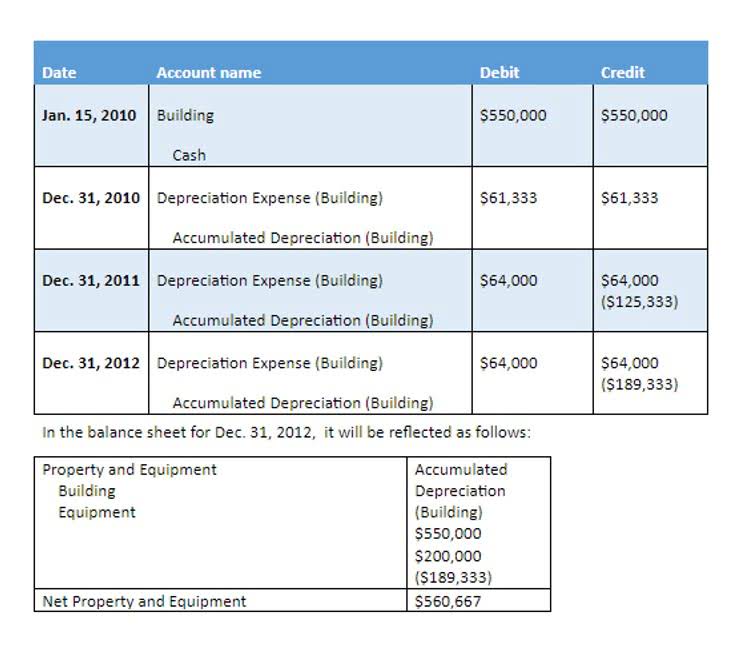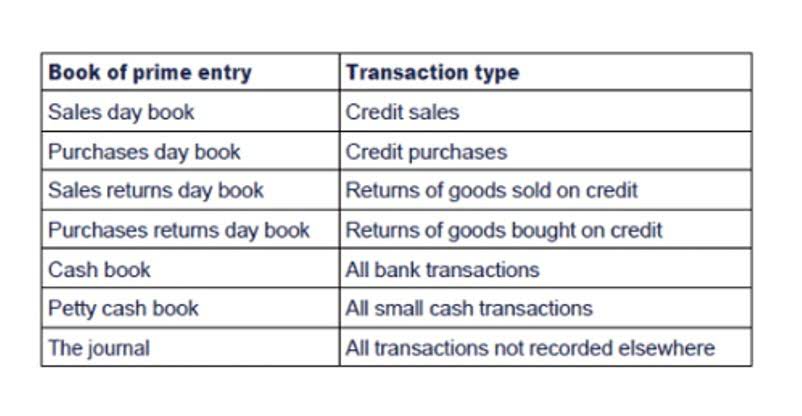
Whenever you withhold amounts from an employee, you must remit those amounts, including the employer’s share of CPP and EI, to the CRA. These payments are due by a certain date that is specific to each employer. This clear understanding of duties paves the way in which for a extra in-depth exploration of core employer payroll duties, the subject of the concluding part. This part addresses frequent queries relating to the boundaries of employer payroll duties. First, set up a separate payroll bank account, so you can keep payroll-related payments and income separate from your general business accounting. A. If your employer assigns or offers you work that does not meet the work restrictions required by your treating doctor, you don’t have to accept it.
Property Planning

Given that we are meeting virtually, I also want to acknowledge the lands on which you are gathered from coast to coast, and invite you to take a moment to acknowledge the territory in which you find yourself. This content is based on generally accepted HR practices, is advisory in nature, and does not constitute legal advice or other professional services. ADP does not warrant or guarantee the accuracy, reliability, and completeness of the content. Employers are encouraged to consult with legal counsel for advice regarding their organization’s compliance with applicable laws. If issued on fixed assets or after Jan. 1, 2013, the voucher will expire within two years of being issued or five years from the date of injury, whichever comes later.

Contact DIR to request an interpreter over the phone:
The amount withheld from each paycheck for income taxes depends on the employee’s W-4 form, which they complete when hired. This form explains how much money to withhold for federal income taxes. In addition, as an employer, you must contribute your share of FICA and pay federal and state unemployment taxes. Failing to correctly withhold, deposit, or report payroll taxes can lead to significant penalties.

Understanding employment taxes

This separation ensures Bookkeeping for Consultants workers obtain applicable, unbiased assist tailor-made to their particular person circumstances. To stay compliant with payroll tax regulations, businesses must have accurate recordkeeping. Employers must keep detailed records of employee wages, tax withholdings, deposits, and filed tax returns. The IRS requires you to retain these records for 4 years after filing the fourth quarter of the year.
Staying Updated on Payroll Taxes Is Critical
QMEs can be medical doctors, doctors of osteopathy, chiropractors, psychologists, dentists, optometrists, podiatrists or acupuncturists. This is a problem your doctor and the claims administrator need to work out. Please visit the IMR FAQ for detailed information about the process itself, eligibility and deadlines, as well as a link to the IMR request form. If you believe the UR company reviewing your employers responsibilities for payroll do not include: doctor’s plan is not following those rules you can file a complaint with the DWC.
- It calculates payroll deductions for the most common pay periods, such as weekly or biweekly, based on exact salary figures.
- Moreover, involving employers in property planning may create uncomfortable dynamics and perceptions of undue affect throughout the office.
- In this guide, we break down the payroll taxes for small businesses that you need to pay attention to and how you can make sure you stay compliant.
- Let’s begin by acknowledging that the land on which I am located is the traditional, unceded territory of the Algonquin Anishinaabeg People.
- A stip usually includes a sum of money and future medical treatment.
- Employers are responsible for withholding taxes (in the form of a payroll deduction) based on the taxpayer’s W-4 withholding form.
Most payroll tax revenue is used to administer government benefit programs. Although “income tax” and “payroll tax” are sometimes used interchangeably, each has a distinct difference. Income tax is the amount withheld from the employee’s wages to cover their personal federal income tax liability. Payroll taxes refer to both the employee’s and the employer’s contribution to Social Security and Medicare, along with federal unemployment tax (FUTA) and any applicable state unemployment taxes. Understanding this distinction safeguards each employers and workers. Employers keep away from potential authorized and moral issues by specializing in their core payroll duties, whereas workers retain autonomy over their private monetary selections.
- Sustaining these distinctions protects each employers and workers by minimizing authorized dangers, selling monetary autonomy, and fostering a clear office atmosphere.
- You have a right to receive a copy of the QME’s report as well as the reports from your PTP.
- If you don’t have an attorney, and you believe there are factual errors in the QME’s report, you can request factual correction of the report by making a request within 30 days of receipt of the report.
- The taxes you need to withhold will depend on your location, but will always include the Federal Insurance Contributions Act (FICA) payroll tax, which covers Social Security and Medicare contributions.
- That means they must choose treatments scientifically proven to cure or relieve work-related injuries and illnesses.
Federal income tax

Offering readability on what falls exterior these core duties ensures employers function inside authorized and moral parameters whereas managing worker expectations successfully. Excluding monetary recommendation from employer payroll duties safeguards each events from potential dangers. It reinforces the significance of in search of skilled monetary steering from licensed advisors who can present customized suggestions primarily based on particular person circumstances and danger tolerance. This readability promotes monetary accountability and empowers workers to make knowledgeable selections with out undue affect from their employer, fostering a extra clear and ethically sound office atmosphere. Payroll taxes, sometimes called employment taxes, are any taxes that are withheld from or calculated as a percentage of an employee’s wages. This includes federal and state income tax withholding, social security and Medicare taxes, federal and state unemployment taxes, and state and local payroll taxes.
- If you reported taxes of more than $50,000 on Form 941 during the lookback period, you’re a semiweekly depositor.
- If the claims administrator can’t determine whether your injury is covered by workers’ compensation, he or she may delay your first TD payment while investigating.
- The following pointers supply sensible steering for sustaining applicable boundaries and guaranteeing compliance.
- Employers can supply basic monetary wellness applications, workshops, or entry to third-party monetary schooling assets.
- You also will need to report these taxes on the appropriate tax forms.
- This poster provides you with information on workers’ compensation coverage and where to get medical care for work injuries.
The claims administrator picks which day to pay you and will continue to make payments every two weeks until a reasonable estimate of your disability amount has been paid. A. TD payments begin when your doctor says you can’t do your usual work for more than three days or you get hospitalized overnight. Generally, TD stops when you return to work, or when the doctor releases you for work, or says your injury has improved as much as it’s going to.